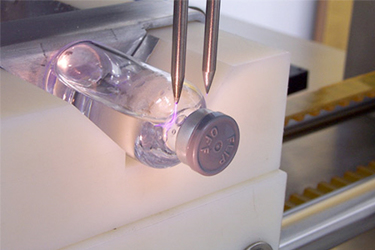6 Reasons To Consider HVLD Vs. Vacuum Decay For Pharma Products
By Brian Ball, President, Nikka Densok USA

It’s no surprise that the container-closure system for any pharmaceutical product plays an essential role in ensuring that drug’s stability and sterility. Container-closure integrity is the ability of the system to keep contents in and to keep harmful environmental contaminants out. It consists of the components intended to seal and protect the package/delivery system and its valuable contents.
In pharmaceutical and food packaging, there are multiple methods widely used to test if these container-closure systems pose any risk of leakage from pinholes, cracks, or defective seals. These tests range from vacuum or pressure decay tests, to submerging the entire container into a dye solution under pressure and visually inspecting the container for the presence of dye, to more advanced vision systems that inspect for certain defects in the container. Let’s compare two of the more common methods: high voltage leak detection (HVLD) and vacuum decay.
Get unlimited access to:
Enter your credentials below to log in. Not yet a member of Pharmaceutical Online? Subscribe today.
